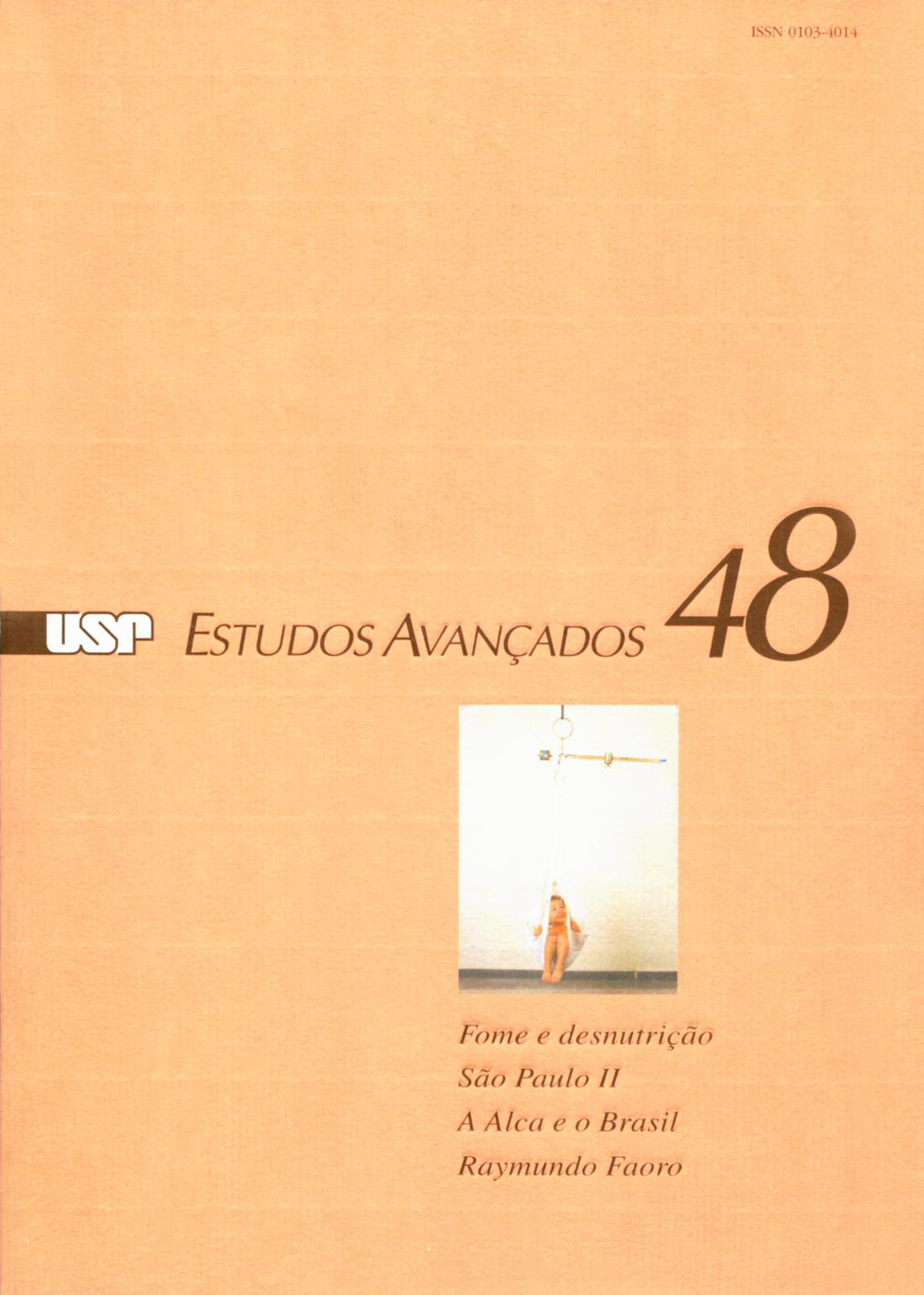Indicadores nutricionais e políticas públicas
Abstract
During the World Food Conference in 1974, governments had proclaimed that "every man, woman and child has the inalienable right to be free from hunger and malnutrition in order to develop their physical and mental faculties." Almost thirty years later, participants of the World Food Summit held in 1996, pledged a common commitment to achieving food security for all, and to eradicate hunger, by reducing the number of undernourished people to half until 2015. Despite the efforts, at the average annual rate of reduction , this goal will not be attained, unless Food and Nutrition Security is adopted at a policy level, mainly under circumstances of poverty. To choose a suitable method to measure food consumption and nutritional status, and to test adequate risk indicators, a participatory and comprehensive approach is needed. Because of social discrepancies, the commonly assumed median public health risk indicators are not always valid in developing countries, since they can lead to misleading interpretation about nutritional status or food consumption observed in poor areas. To the extent that this assumption is correct, an effective screening mechanism is part of a national food policy for Food and Nutrition Security, and should be oriented by the efforts of governments, community, universities and the private sector, to reinforce an alliance to promote a coordinated action.Downloads
Download data is not yet available.
Downloads
Published
2003-08-01
Issue
Section
Hunger and malnutrition
License
Estudos Avançados não celebra contrato de cessão de direitos autorais com seus colaboradores, razão pela qual não detém os direitos autorais dos artigos publicados. Os interessados em reproduzir artigos publicados na revista devem necessariamente obter o consentimento do autor e atribuir devidamente os créditos ao periódico.
How to Cite
Domene, S. M. Álvares. (2003). Indicadores nutricionais e políticas públicas . Estudos Avançados, 17(48), 131-135. https://www.journals.usp.br/eav/article/view/9926


